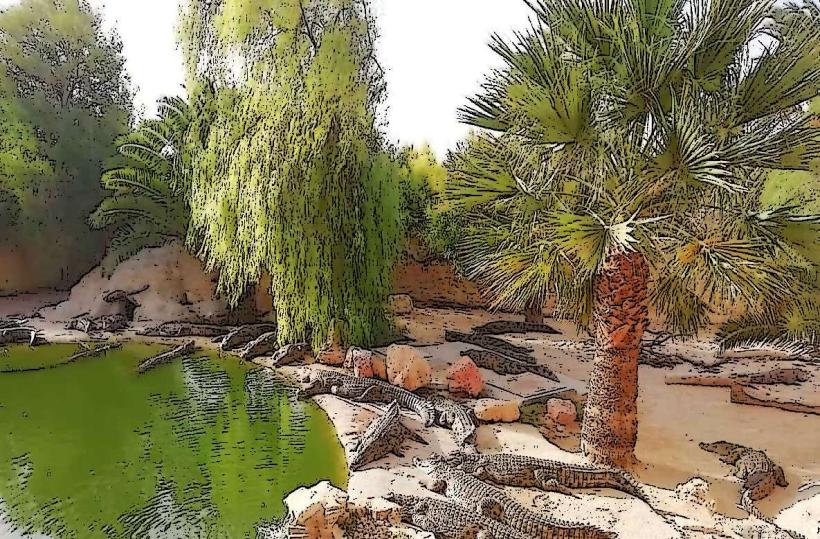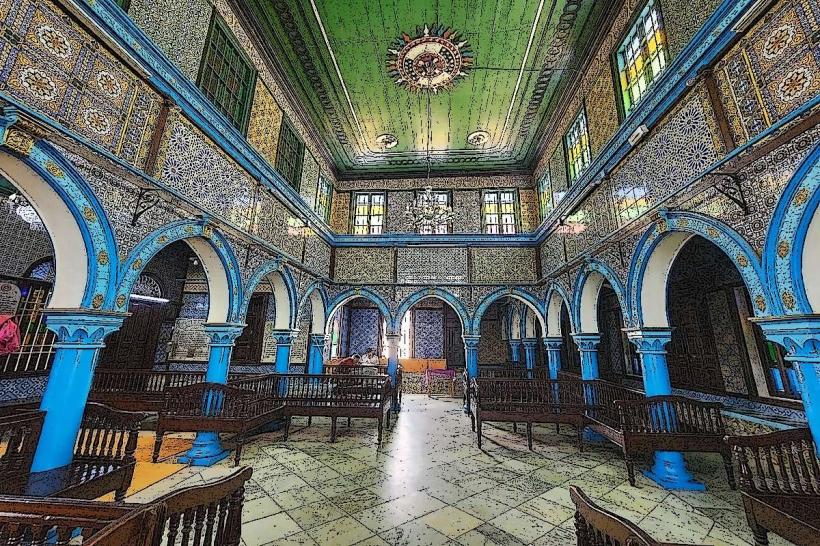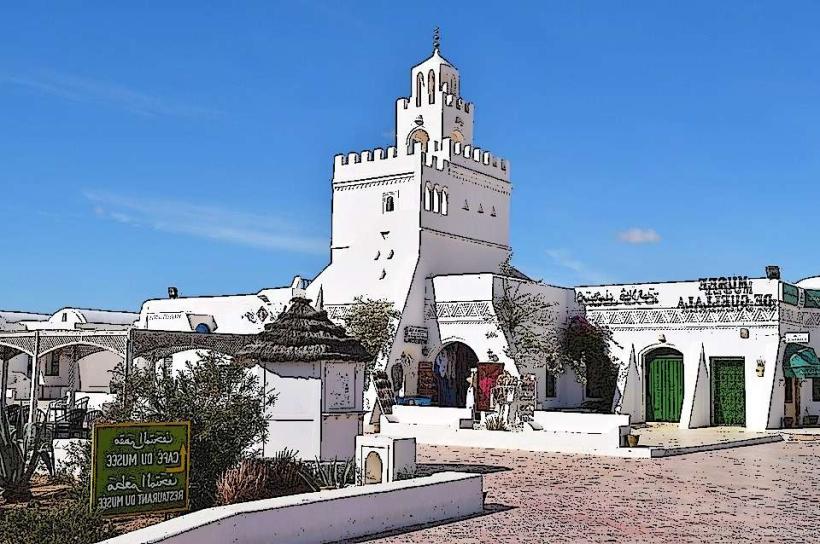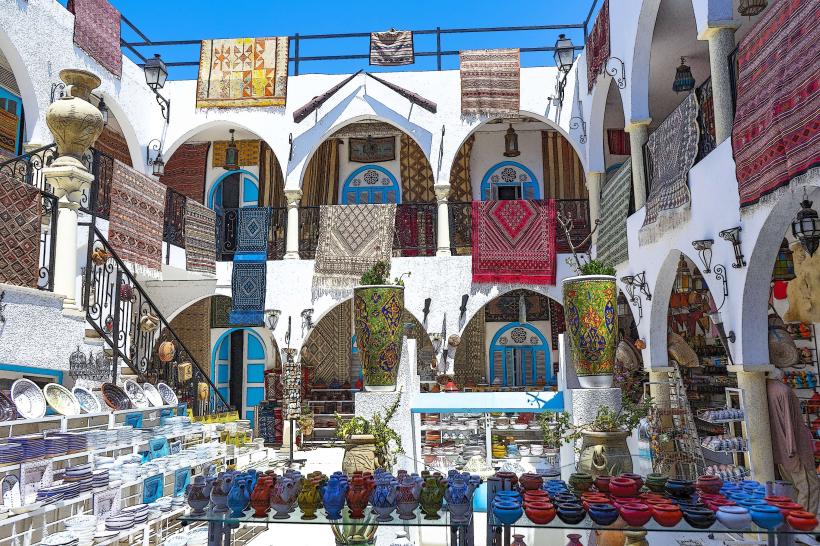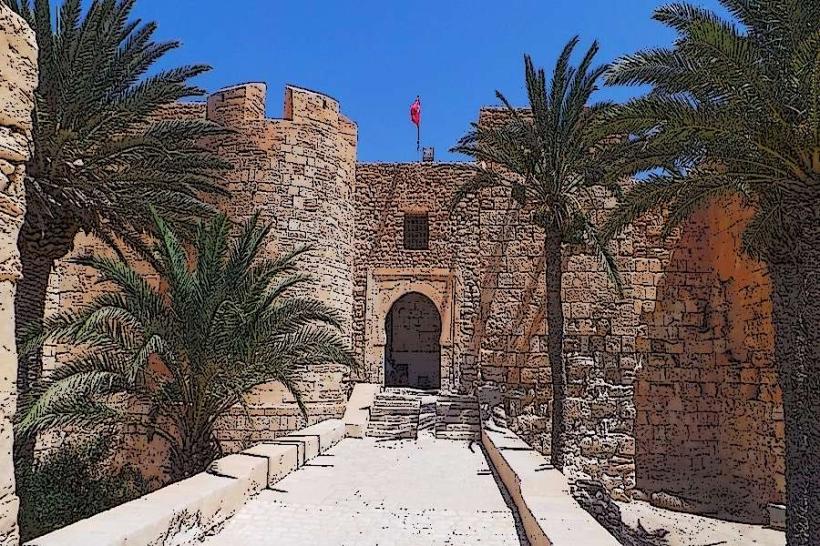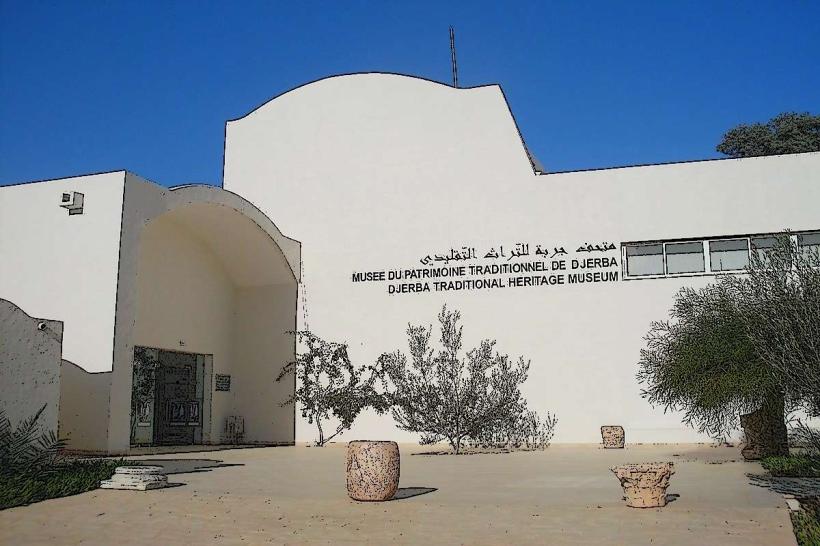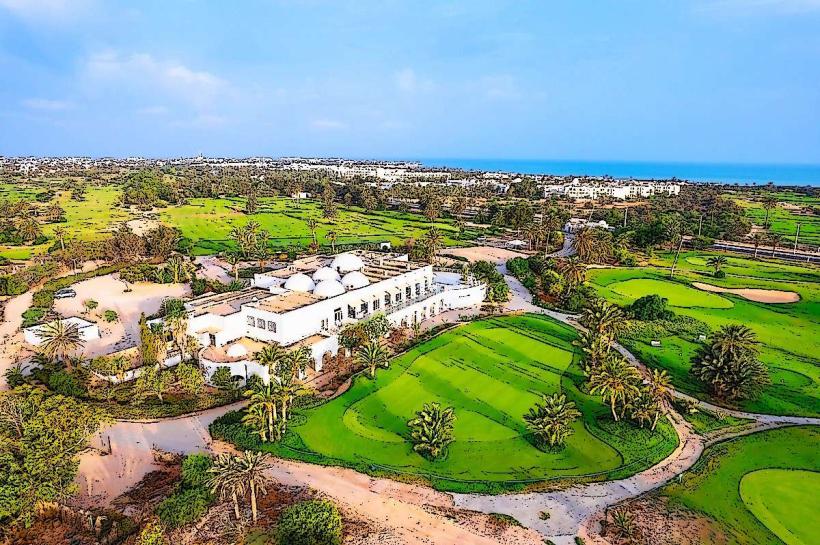Information
Landmark: Djerba BeachCity: Djerba
Country: Tunisia
Continent: Africa
Djerba Beach, Djerba, Tunisia, Africa
Overview
Djerba Beach is the collective name for the stretches of sand and shoreline encircling the island of Djerba, set in the Gulf of Gabès just off Tunisia’s southeastern coast, where the water often glimmers turquoise under the midday sun, in turn djerba’s beaches, with their soft white sand, glassy turquoise waves, and warm sun on your skin, rank among North Africa’s most coveted seaside escapes.They blend stunning landscapes with genuine local culture and the ease of a high-end resort, appealing to everyone-from sunbathers stretched out on warm sand to thrill-seekers skimming across the waves, and those craving the hush of a secluded shoreline, moreover one.Djerba’s beaches stretch along the island’s east, north, and south shores, each with its own charm-golden sand here, quiet fishing boats there, after that the busiest stretches of beach line the northeastern coast, especially in the Tourist Zone near Midoun and Sidi Mahrez, where the smell of grilled fish drifts from cafés.For quieter spots, head to Seguia, Aghir, or Ras Rmal, equally important the waters around Djerba stay warm and shallow, perfect for swimming with kids, with the Gulf of Gabès shielding them from immense waves and soft sand stretching over a gentle slope beneath your toes.Main Beach, Area A-white sand stretching toward the surf, consequently sidi Mahrez Beach, northeast of Houmt Souk, is Djerba’s most popular stretch of sand, dotted with resorts, hotels, and lively beach clubs; you’ll find sun loungers under vivid parasols, bustling bars, and quick access to jet skiing, parasailing, or a banana boat ride, and even in peak season its clear water and tidy shoreline keep it charming.Aghir Beach sits in the island’s southeast, quieter and less built-up than Sidi Mahrez, with palm trees swaying behind the sand and riders on horseback or camels moving slowly along the shore, in turn seguia Beach is one of the quietest spots around-perfect for unwinding or strolling along the soft, pale sand.Locals and guests from petite inns wander here, drawn by the clear water and the calm, away from the bustle of the gigantic resorts, meanwhile ras Rmal, in the Flamingo Island area, sits on a narrow peninsula best reached by boat from Houmt Souk, where winter brings flocks of pink flamingos and a quiet, white-sand beach that’s ideal for swimming and a day away from the crowds.Djerba’s beaches offer far more than a venue to unwind-you can windsurf across glittering waves, snorkel among darting fish, ride horses or camels along the shore at sunrise, sail to Flamingo Island on a pirate-themed boat, race sand yachts or quad bikes near the resorts, and indulge in seaside spa treatments that use warm seawater, after that the region enjoys a warm Mediterranean climate with more than 300 sunny days each year.Summer, from June to September, is warm and glowing, with the sea like warm glass-perfect for swimming, and spring and autumn bring gentle temperatures, ideal for beach walks and paddleboarding, sort of Winter stays mild, but the water’s too cool for a dip; it’s the season for quiet streets and lower prices, furthermore while Djerba’s beaches feel modern and draw visitors from around the world, the island still hums with Islamic prayers at dawn and the quiet traditions of its Berber heritage, partially It appears, When you’re beyond the resort’s gates, remember to respect local customs-like removing your shoes before stepping into a home, in turn for example, modest swimwear’s fine for public beaches, while loud music and drinks belong in private areas or resorts, a little On Djerba’s coast, seasonal changes often bring thick mats of Posidonia seaweed, creating challenges for the shoreline, along with some beaches get regular cleanups from hotels or local crews, while others stay wild-seaweed curling along the shore-changing how they examine but helping protect marine life.More and more work is going into safeguarding the sea and coastline, especially near Ras Rmal, where flamingos wade through the shallow, pink-tinged water, subsequently seven.Many beaches on Djerba are easy to reach by paved roads or public transport, especially around Midoun and Houmt Souk, moreover hotels and private clubs often open straight onto the sand, with restaurants serving fresh bread and olives, clean restrooms, changing rooms, and lifeguards on watch, somewhat Vendors wander the shore selling snacks, handmade jewelry, and souvenirs, besides djerba Beach isn’t just one spot-it’s an island-wide coastline, from polished resort fronts to quiet, untouched stretches.What draws people to Djerba is that perfect blend of golden Mediterranean beaches and the warm, lived-in spirit of Tunisian island life, subsequently looking for lively beaches, thrilling water sports, or a quiet spot to watch the waves roll in?Djerba’s coastline has the perfect site for each.
Author: Tourist Landmarks
Date: 2025-09-27

